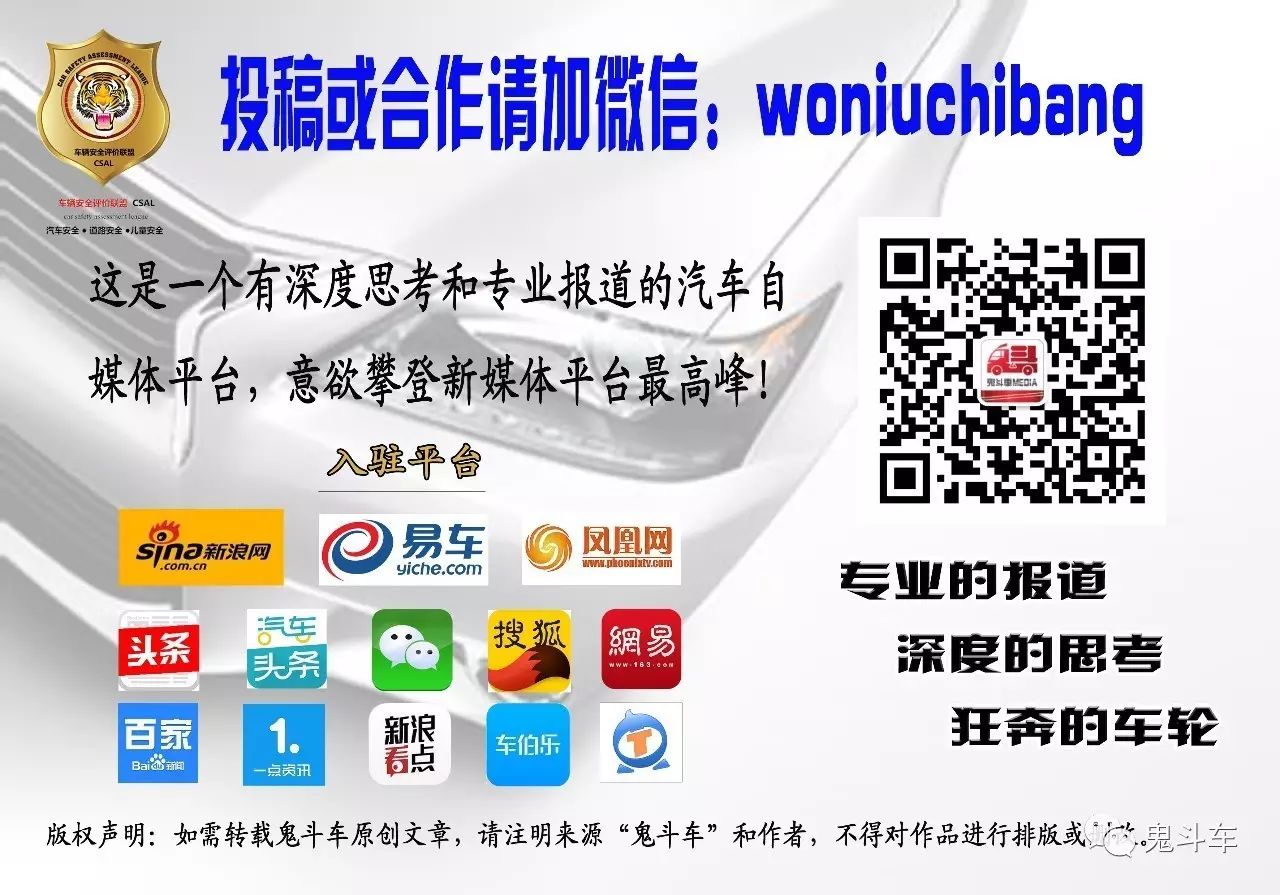Sudden openness is not really sudden;
The opportunity has arrived, and we might know what to do;
The red flag still flies, with no fixed direction;
The revolution continues, and the old man is even more powerful;
Money floats in the air, and we have no ideals;
Although the air is fresh, we cannot see further places;
Although the opportunity has arrived, our courage is still too small;
Our personalities are all round, like the eggs under the red flag.

More than 20 years ago, Lao Cui’s song “Eggs Under the Red Flag” seemed to be a rock anthem prepared in advance for today’s automotive industry’s “Internet of Vehicles” craze. Upon reflection, the Internet of Vehicles presented to us is akin to the once-popular rock music, with enthusiasts excited and frenzied, while the onlookers view it as absurd and full of ridiculousness, even considering it a form of madness.
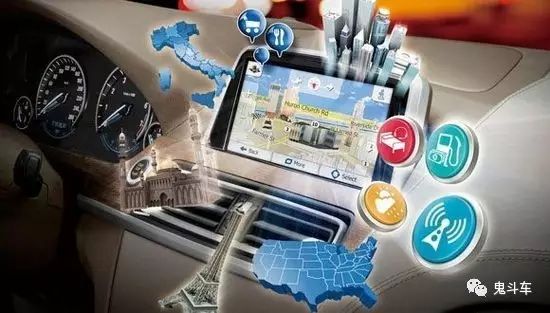
What is the Internet of Vehicles?
The explanation from Baidu Baike is: According to the definition by the China Internet of Things Industry Alliance, the Internet of Vehicles (IoV) is a vast interactive network composed of information such as vehicle location, speed, and route. Through devices like GPS, RFID, sensors, and camera image processing, vehicles can collect their own environmental and status information; using internet technology, all vehicles can transmit various information to a central processor; through computer technology, this vast amount of vehicle information can be analyzed and processed to calculate the optimal routes for different vehicles, report traffic conditions in real-time, and manage traffic light cycles.
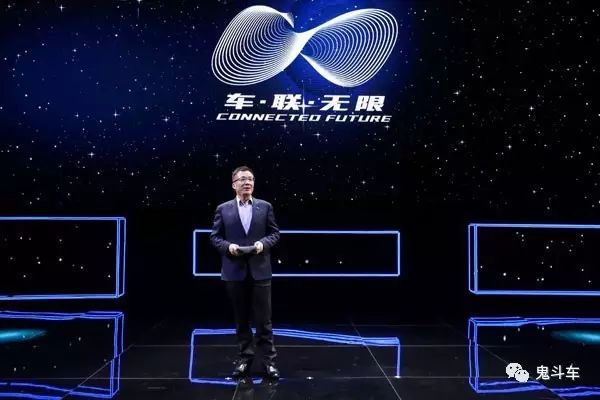
Just last week, SAIC General Motors announced at the “Vehicle·Link·Unlimited” 2025 IoV strategy launch that it will introduce a new generation of vehicle connectivity systems in new cars, focusing on advancing cloud applications and services. During this two-hour live broadcast, the OnStar system, which has nearly a million pre-installed users, not only discussed its original emergency call functions but also how to solve any troubles encountered while driving. However, its functions still primarily revolve around rescuing people in emergencies, while other so-called big data functions of the IoV, such as social networking, personal preferences, driving route analysis, and even finding available parking spaces, remain unachievable.
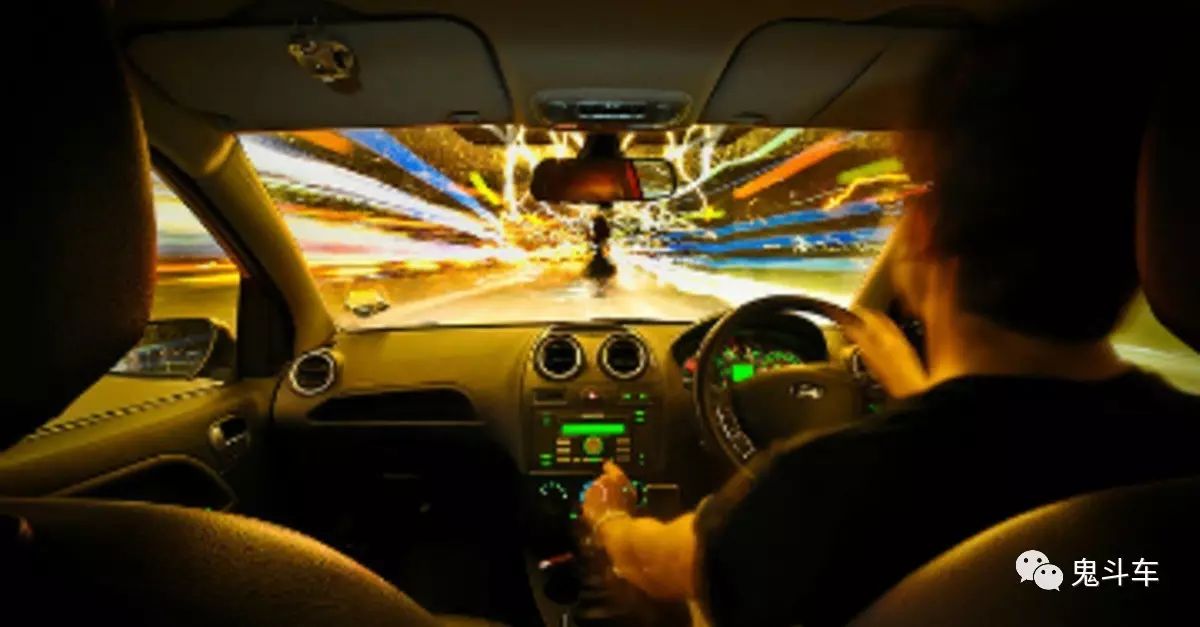
Vision for the Internet of Vehicles:
The so-called Internet of Vehicles, while a technology and application that needs to be prioritized for future development, requires a vast technical system and even infrastructure construction, along with the emergence of future 5G networks, and a collaborative network ecosystem built by numerous automotive manufacturers and external big data suppliers. Like the internet, segmented applications that provide value to users and offer a good user experience will succeed. In the past two years, whether it is General Motors introducing OnStar, Toyota bringing G-BOOK to China, or Roadlink Technology being the first to push IoV services like iBook to the aftermarket, it has proven that the Internet of Vehicles is already on the road. Just as PCs entered the internet and mobile phones entered the mobile internet, cars will inevitably enter the Internet of Vehicles, and they will do so quickly and extensively.
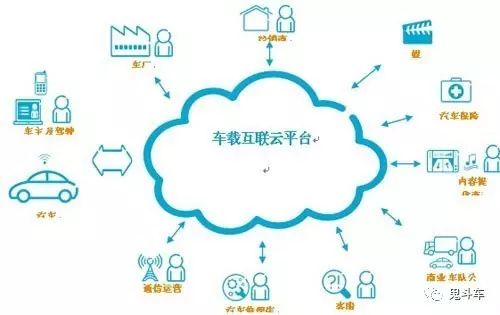
Questions: 1. The ultimate goal of the Internet of Vehicles is to achieve interconnectivity with other internet terminal devices. However, for those of us who already have terminal devices like smartphones, do we still need to install a separate vehicle-mounted system in our cars? Is this considered redundant consumption? I believe that simply installing a phone mirroring function, which wirelessly connects the phone to the vehicle’s onboard computer and mirrors the phone’s screen onto the vehicle’s LCD screen, could solve all problems, right?
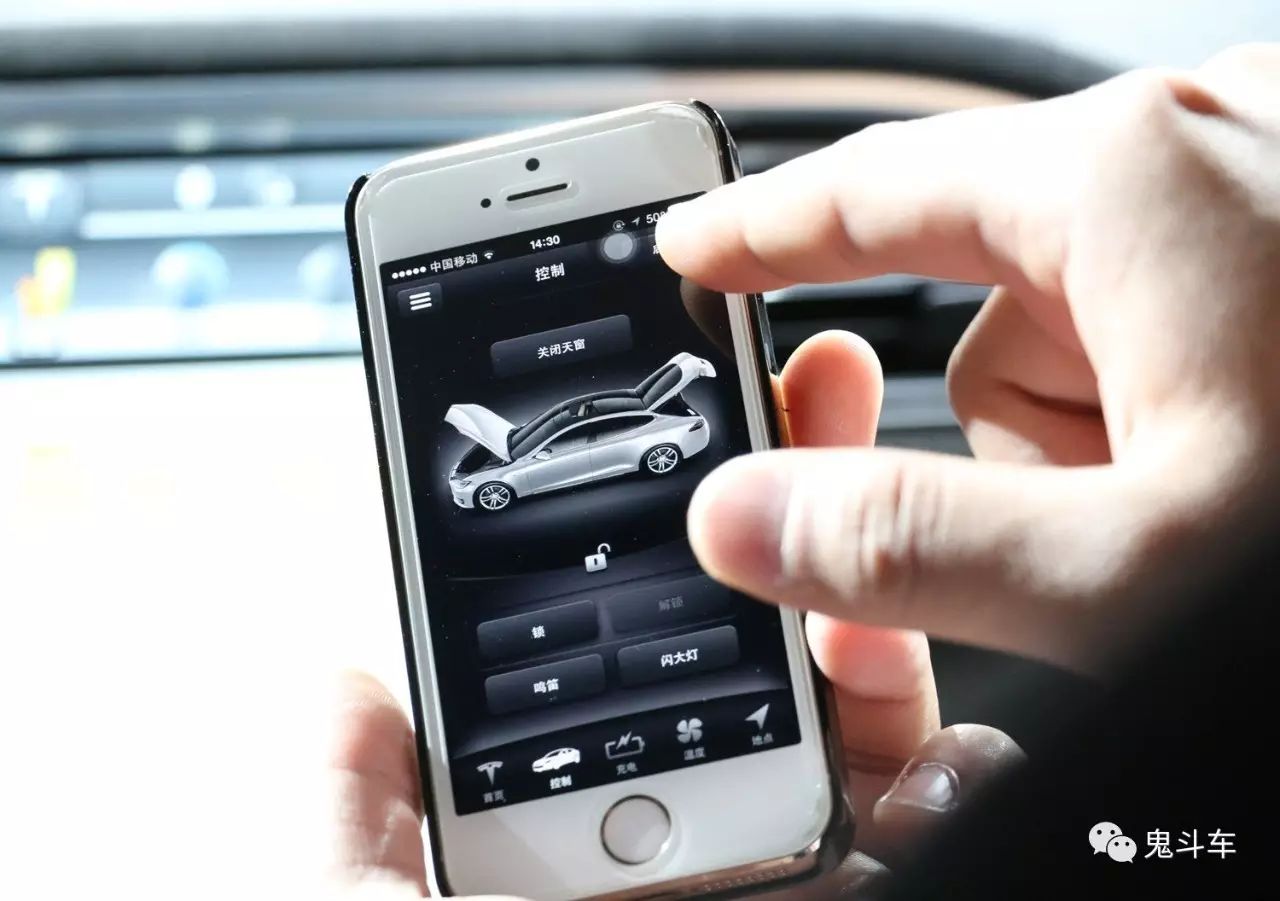
2. The so-called omnipotent “cloud” big data functions, which claim that nothing is impossible, how many of them can actually be realized? Can I reserve a table in advance at a less crowded gas station, or at my favorite Northeast restaurant for sauerkraut? Can the IoV guide me to the nearest available parking space when I return home at night? Is there a supermarket nearby that has the crayfish I want to buy? If I suddenly fall ill, can I consult online and make an appointment with the nearest doctor at a hospital? Does the large shopping mall near my home have the brand clothes I saw on Taobao? Are there any discounts? All these require a vast amount of terminal big data providers, and when will these be realized?
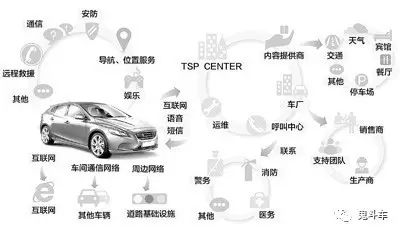
3. Another important goal of the Internet of Vehicles is to achieve autonomous driving capabilities. However, when will the devices costing over 600,000 yuan enter millions of households? When will the 5G network, capable of millisecond-level computing and transmission speeds, be launched? When will the vast infrastructure be completed? When will the goal of achieving seamless network coverage be realized? When will the high data costs be reduced? When will AR-enhanced head-up displays and OLED screens be available? These are all worth pondering.
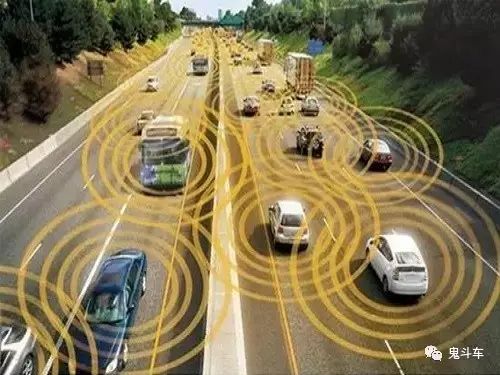
4. To free our hands, using voice functions to achieve human-machine interaction systems requires a vast voice recognition system. It is understood that some early adopters among car manufacturers have already reached cooperation agreements with industry leader “iFlytek”, but can the vast system of Mandarin truly be fully addressed by “iFlytek”? For example, can it understand the various dialects of Mandarin, such as Sichuan, Cantonese, and Minnan?

In fact, I have many more questions to raise, which may be left for future discussions on the Internet of Vehicles. As mentioned at the beginning, the current Internet of Vehicles is like Cui Jian’s song “Eggs Under the Red Flag”; although the opportunity has arrived and we know what we should do, we still do not know where the direction lies, as there is still so much to be done.
As a member of the declining print media, I have discovered another issue: after the decline of print and television media in the automotive industry, the next to fall may be the currently booming radio.
This article will be left for another time!
